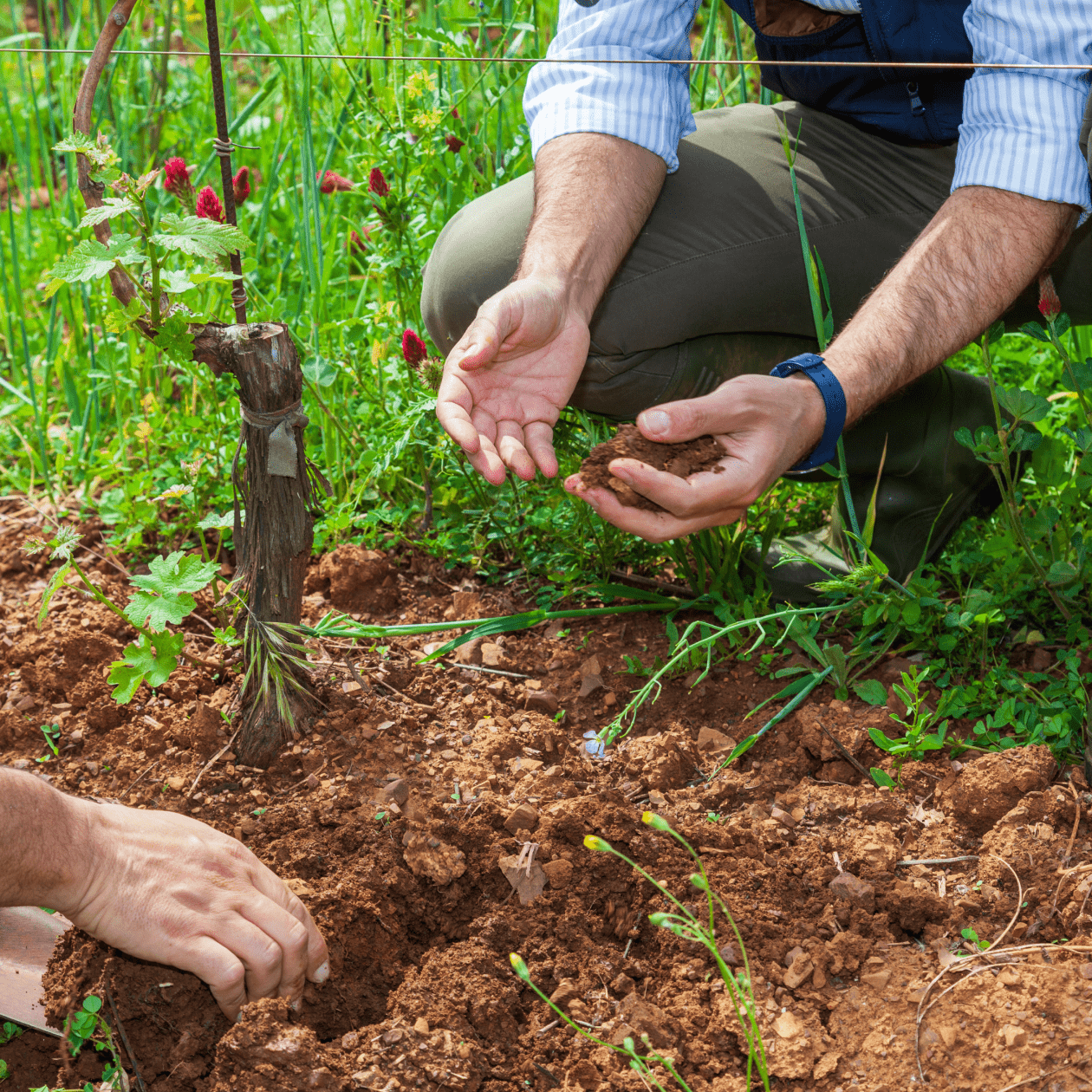How Does Terroir Influence Wine?
Have you ever wondered what makes wines from specific regions more popular than others?
You may have heard a sommelier refer to a “sense of place” when defining the palate of a wine.
Location or “terroir” helps us define a wine’s essence from the first planting to the finished product.
If you’re confused by this unique term of “terroir,” keep reading as we define it down to a science.
What is Terroir in Wine?
The word “terroir” comes from the Latin “terra,” meaning “land.” It is a French term referring to the unique aspects of a wine region that vary from year to year and cannot be replicated elsewhere.
Terroir consists of four main components:
1. Climate
2. Soil Composition
3. Terrain
4. Winemaking Tradition

The concept of terroir is thought to have been developed over centuries by monks who first noticed that vineyard sites (microclimates) with slight differences could produce distinct grapes.
Terroir is a unique reflection, a thumbprint, of the time and place in which grape growing occurs.
-
1. Climate
One of the most essential aspects of terroir, climate, consists of environmental characteristics like rainfall, temperature, winds, and sunlight. The overall regional climate (macroclimate) and climates vary within smaller regions (microclimate).
Separating wines by warmer climate and cooler climate varietals is a great place to start when exploring terroir.
Hotter climates produce riper wine grapes with more sugar, lending to a more alcoholic varietal.
Cooler climates, on the other hand, may have a lower alcohol content (ABV), but their acidity will be much more pronounced.
This is why a Cabernet Sauvignon or Pinot Noir from France will be more robust and carry more heat (from alcohol) than a brighter, fruity red wine produced in the cool climate of Napa Valley.

-
2. Soil
Another well-known marker of terroir is the soil. Unique soil composition adds complex flavors to wine and affects tannins and minerals. Popular soil types for winemaking include clay, loamy, limestone, sand, and calcareous varieties.
When grapes are grown in soils with lower PH, like limestone, the wine will taste crisp and tart.
Soil surface, drainage, and microbes will significantly impact the wine’s taste. Soils packed with rock will store more heat from the sun, lending to a higher alcohol wine.
For example, granite soils in South Africa retain heat and reduce the acidity of the wine grapes. This also leads to the wines tasting like graphite and wet soil.
Hydrology, or the relationship between soil and water, is also incredibly important, as more water leads to a more concentrated wine flavor and vice versa. However, it’s been proven that some of the best, most balanced wines are produced from grapevines grown in low-nutrient soils with ample drainage.
Lastly, microbes refer to the bacteria or yeast present in the soil. Some older winemaking practices believe that different strains of microbes impact the overall flavor of the wine.
For example, the signature flinty flavors in Chablis result from sulfur produced by indigenous yeast during winemaking.
-
3. Terrain
Terrain or topography refers to the location of the wine growing. This includes altitude, how much vegetation there is, and how close the vineyards are to oceans or rivers.
Vines closer to water experience more consistent average temperatures, while those grown at higher altitudes experience cooler climates.
The slope of the terrain will also impact how quickly or slowly a grape will ripen, depending on whether it’s exposed to or hidden from the sun.
Too much sun could lead to high sugars and intense tannins, while too little sunshine could inhibit grapes from fully ripening.
Vegetation is another aspect of vineyard location, as nearby trees and plants shield the grapes from the sun.
Overall, the ideal terrain will depend on the grape variety, as some thrive in higher elevations with more sun, while others may need to be closer to the water.

-
4. Tradition
While wine production is often seen as separate from terroir, terroir-driven wine is considered an integral part of winemaking heritage, especially for Old World wines.
For instance, French wines, like those from prestigious winemaking regions like Bordeaux, are sought after by wine experts for their unique terroir.
The French Appellation d'Origine Contrôlée (AOC) system is also based on traditional winemaking practices, which includes wine terroir.
This system is crucial for preserving the authenticity of agricultural products like wine, which must abide by strict rules and regulations.
Terroir and location are part of the AOC system, as certain wines, like Champagne, are only considered authentic when produced in their original region.
Why is Terroir Important?
Terroir is vital for identifying the growing conditions directly affecting a wine’s flavor, structure, and aromas. It is also crucial for wine classification systems in Old World wine regions like Italy and France.
These systems protect authentic winemaking tradition and provide a window into a wine’s quality. Terroir can also help determine price, as wines from prestigious regions are often more expensive.
If you’d like to enrich your wine knowledge further, check out our Podcast and Wine Online 101 for everything related to the world of wine.
As a leader in the alcohol e-commerce wine industry, we can’t wait to share our expert knowledge with you.